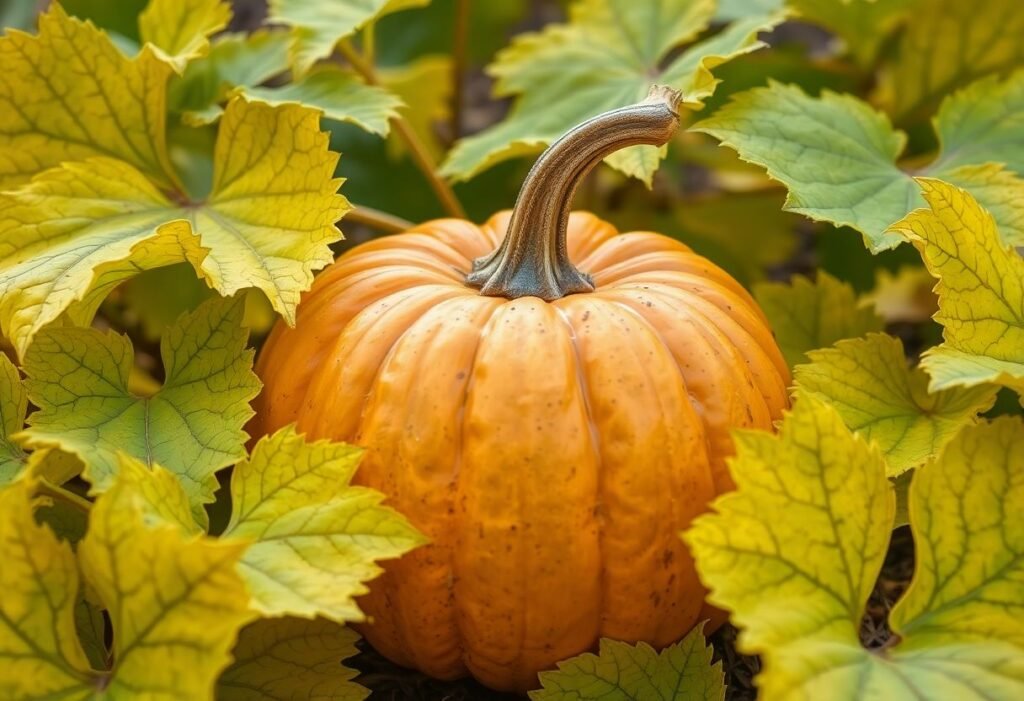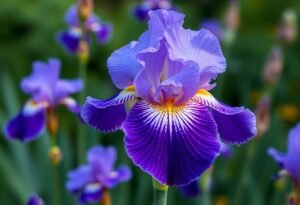Understanding the Causes of Yellowing Pumpkin Leaves
One major reason for pumpkin leaves turning yellow relates to soil issues. Improper pH levels, nutrient deficiencies, or insufficient watering can lead to this condition. It’s vital to regularly test your soil’s quality and provide the necessary fertilizers to keep your plants healthy.
Nutrient Deficiencies and Their Impact
Pumpkin leaves turning yellow often indicates that the plants are not getting enough nitrogen, potassium, or phosphorus. Each of these nutrients plays a crucial role in healthy plant growth. To prevent this issue, regularly apply high-quality fertilizers that support pumpkin growth and development.
Plant Diseases Causing Yellowing
However, the causes of yellowing leaves don’t end with nutrient deficiencies. Various diseases, such as powdery mildew or downy mildew, can also cause pumpkin leaves turning yellow. It’s essential to monitor your plants and take immediate action if you notice any unusual spots or signs of disease.
Improper Growing Conditions
If your pumpkin leaves are turning yellow, it’s possible that they are in unsuitable conditions. Too much sun, cold weather, or excessive moisture can stress the plants. In these cases, it’s important to properly position your plants in the garden to ensure optimal growing conditions.
Poor Watering Practices
Proper watering is key to successful gardening. Pumpkin leaves turning yellow can occur due to both overwatering and underwatering. Regularly checking soil moisture can help you understand whether your pumpkins are receiving the right amount of water. Implementing a drip irrigation system can also provide a consistent water supply to your plants.
Identifying Pests That Affect Plant Health
Let’s not forget about pests! Insects like aphids, spider mites, or beetles can cause pumpkin leaves turning yellow. Regularly inspect your plants for pests and apply appropriate protective measures to maintain the health of your pumpkins.
Why Taking Care of Pumpkins Is Important
Caring for your pumpkin leaves is vital to ensuring optimal growth conditions for these wonderful plants. Remember that pumpkins are not only visually appealing but can also be used in a variety of culinary recipes. Therefore, putting time into their care is undoubtedly worth it!
Conclusion
Understanding the reasons pumpkin leaves are turning yellow is key to maintaining a healthy garden. Regularly checking soil conditions, providing adequate water, adding nutrients, and monitoring for pests are essential steps you can take. Don’t wait — invest the time in caring for your pumpkins and look forward to a bountiful harvest this fall! Read our article to better understand how to care for this fantastic plant.
Disclaimer
This article is for informational purposes only and does not replace professional advice. If facing serious gardening issues, consulting a professional is recommended.

















